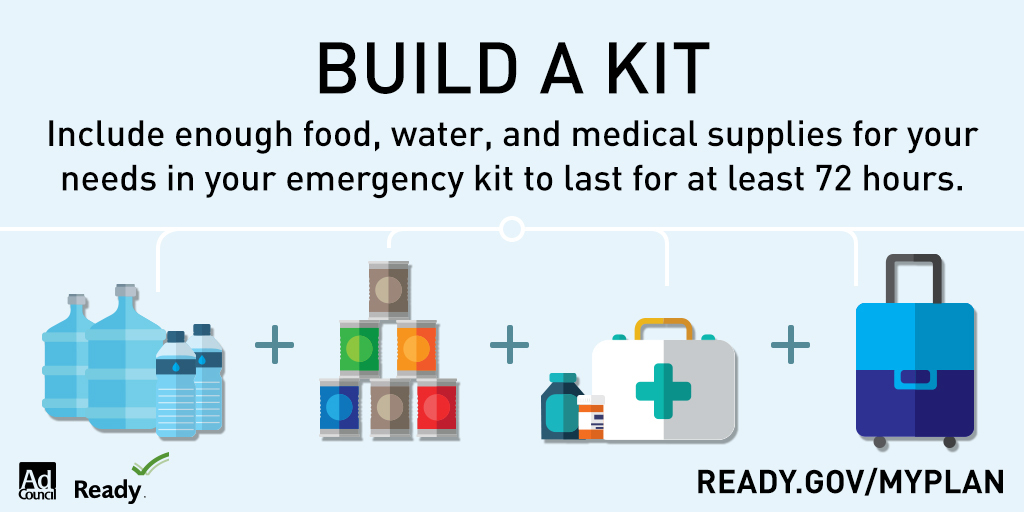September is “National Preparedness Month” and Montgomery County’s Office of Emergency Management and Homeland Security (OEMHS) are joining with the Federal Emergency Management Agency (FEMA) and the Maryland Department of Emergency Management (MDEM) in encouraging residents to be prepared for all emergencies.
This year’s national preparedness campaign theme is “A Lasting Legacy: The life you have built is worth protecting. Prepare for disasters to create a lasting legacy for you and your family.”
Preparing before an emergency is one of the best means of protection from the financial and emotional effects of an emergency.

During National Preparedness Month, residents should build an emergency kit, make a plan, educate and involve young family members in preparedness and know how to take practical safety steps like shutting off water and gas in your home.
National Preparedness Month also is a good time to check insurance policies for what types of coverage are included. Residents should know the levels of coverage they have for possible incidents such as floods, earthquakes, extreme heat and tornadoes. Flooding is the most common hazard in Maryland. The best financial protection is to be properly insured for property owners and renters. Typically, flood damage is not covered by property insurance.
OEMHS recommends four steps for emergency preparedness:
- Stay Informed: Know what kind of hazards you are susceptible to, and how to get information about emergencies that are occurring in your area. Subscribe to Alert Montgomery, which sends emails and texts to cell phones so that you stay informed about severe weather, traffic disruptions, power outages and floods.
- Make a plan: Take time to figure out how to reach your family in times of disaster. Do you have an in-town contact, as well as an out-of-town contact? These are important because it may be easier to reach someone out of town during an emergency due to potential overloaded phone lines in the affected area. Have two places for the family to meet in case you need to evacuate—one outside the home in a safe location and one outside the neighborhood in case you cannot return home. Be sure the plan considers children, older adults, pets and those with access and functional needs. More information about emergency planning can be found on the OEMHS Planning for Emergencies website.
- Make a Kit: Think about needs for basic survival and make an emergency supply kit to have those needs readily available in case of the need to evacuate or shelter in place. Items that should be in the kit include water, batteries, flashlight, food, clothes and shoes, can opener, hygiene products, medication and others. For a more complete list, Check the OEMHS Make a Kit website.
- Get Involved: Help others prepare. Once your plan and emergency kit are ready, contact older relatives, neighbors and friends to assist them with emergency preparations. Plan to check on them after an event. Support neighborhood associations that are involved in emergency response or join an emergency volunteer association. Getting CPR and first aid certified are good ways that could help in an emergency. More information about community preparedness can be found on the OEMHS Get Involved website.
